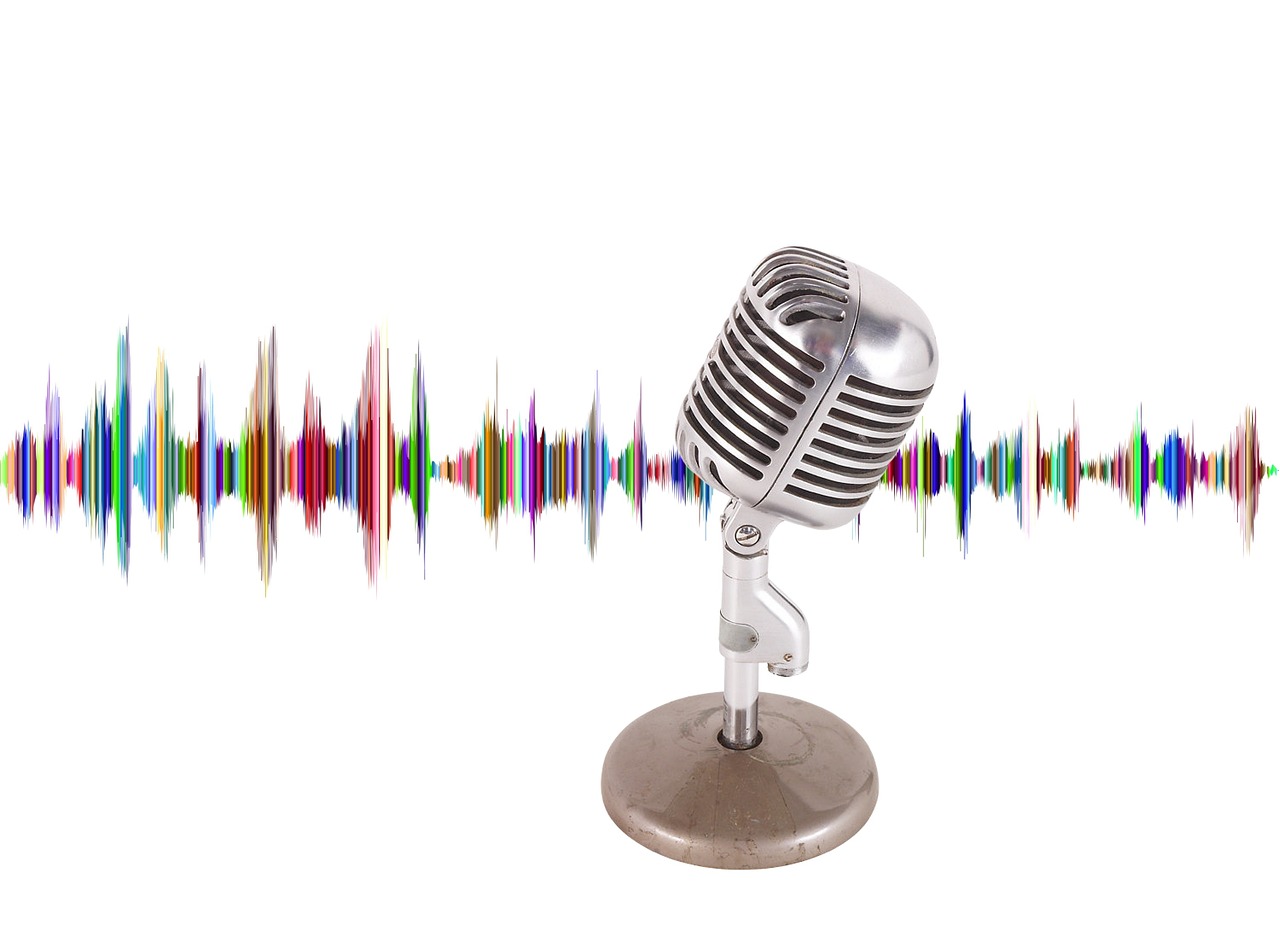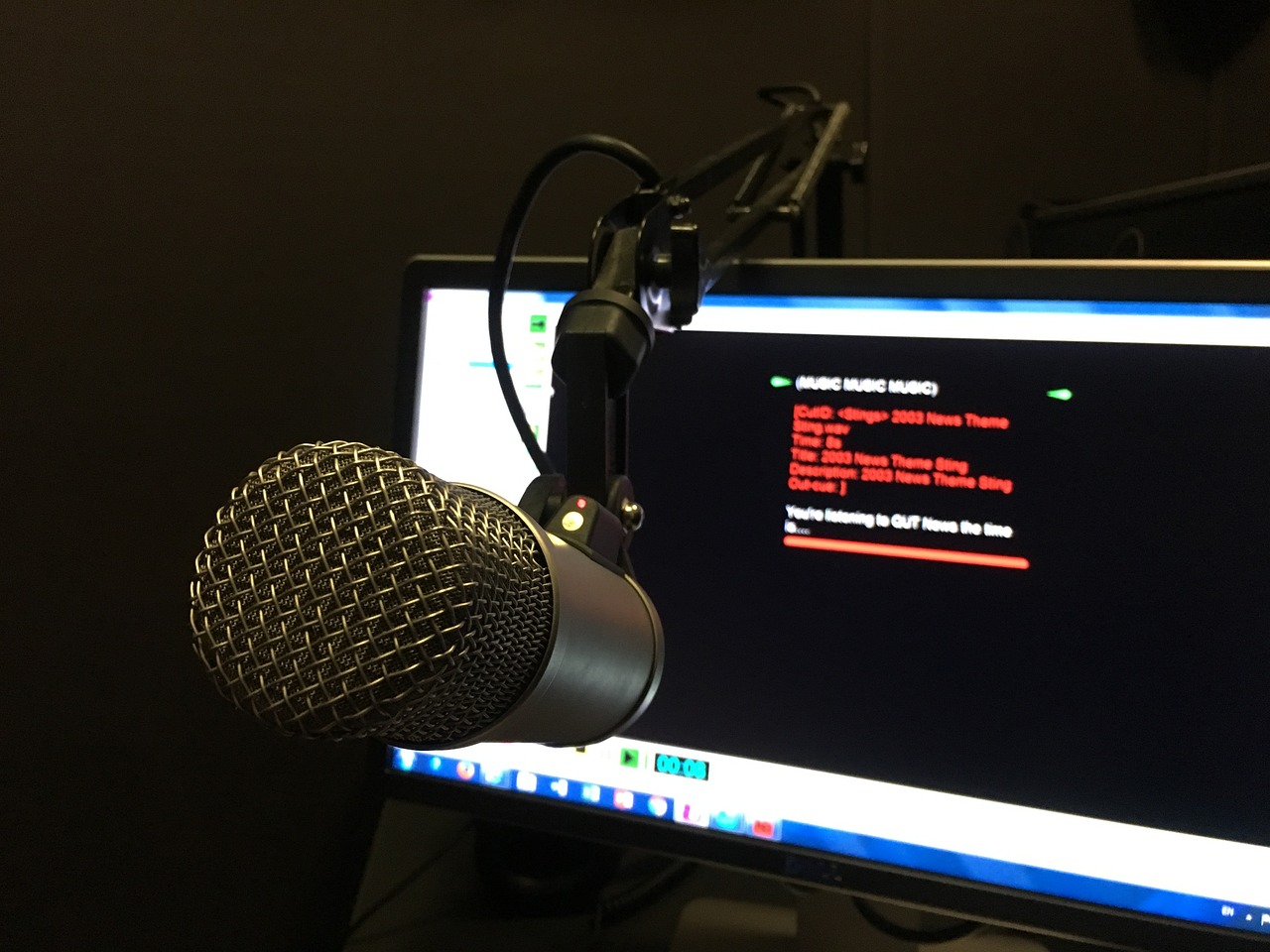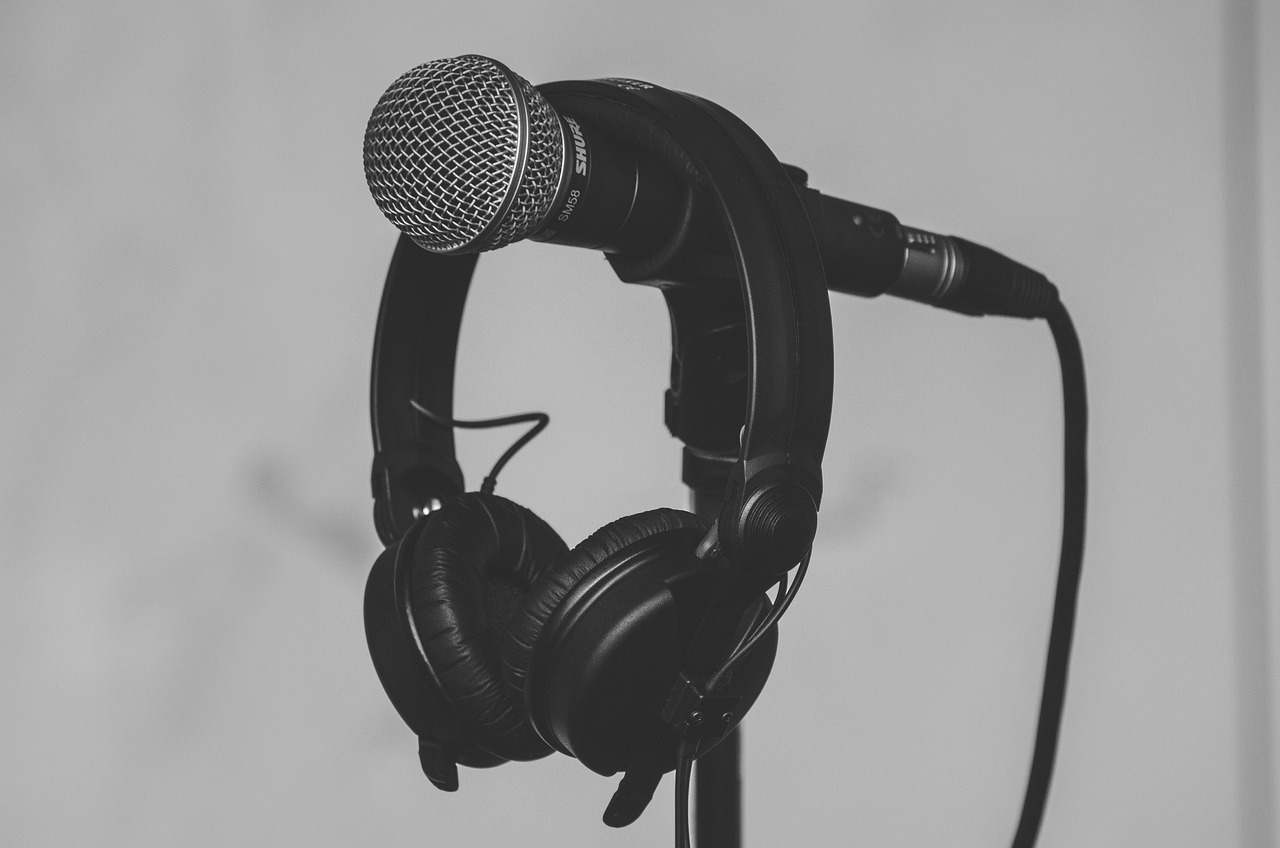Are you a budding podcaster looking to enhance your audio quality? Well, look no further! In this article, we will explore the key differences between condenser and omnidirectional microphones. Whether you’re conducting podcast interviews or editing your own podcast, understanding the nuances of these two microphone types is crucial for achieving professional sound. So, let’s dive right in and discover the world of condenser and omnidirectional microphones!
Understanding Microphone Basics
The Function of a Microphone
Microphones are essential tools in various fields, whether it’s for professional audio recording, podcasting, interviews, or live performances. The primary function of a microphone is to convert sound waves into electrical signals that can be amplified and recorded. By capturing the audio input, microphones allow us to communicate, entertain, and express ourselves effectively.
Different Types of Microphones
Microphones come in different types, each designed for specific applications and environments. Two common types are condenser microphones and omnidirectional microphones. Understanding their features and characteristics can help you make an informed decision when choosing the right microphone for your needs.
Essential Features of Condenser Microphones
Key Characteristics of Condenser Microphones
Condenser microphones are known for their sensitivity, capturing sound with precision and clarity. They rely on an internal capacitor to generate an electrical charge in response to sound waves. This design allows for enhanced frequency response and transient accuracy, making condenser microphones ideal for capturing vocals, acoustic instruments, and detailed audio recordings.
Working Mechanism of Condenser Microphones
Condenser microphones consist of a thin diaphragm suspended close to a metal backplate. When sound waves hit the diaphragm, it vibrates, causing the distance between the diaphragm and backplate to change. This variation in distance creates an electrical charge, which is then amplified to produce the microphone’s output signal. The power to charge the capacitor in a condenser microphone can be supplied externally (phantom power) or through an internal battery.
Usage Scenarios for Condenser Microphones
Condenser microphones excel in situations that require high audio quality, such as studio recordings, podcasts, and vocals. Their sensitive nature allows them to capture even the subtlest details of a sound source, resulting in a rich and dynamic recording. Whether you’re a professional musician, voice actor, or content creator, condenser microphones are perfect for capturing the nuances and nuances of your performances.

Famous Condenser Microphone Models
List of Popular Condenser Microphone Models
- Neumann U87
- Audio-Technica AT2020
- Shure SM7B
- Rode NT1
- AKG C414
Notable Brands and Manufacturers
Several reputable brands and manufacturers have established themselves as industry leaders in condenser microphone production:
- Neumann
- Audio-Technica
- Shure
- Rode
- AKG
Advantages of Using Condenser Microphones
Sound Quality of Condenser Microphones
Condenser microphones are renowned for their superior sound quality. Due to their sensitivity and wide frequency response, condenser microphones capture audio with exceptional accuracy and clarity. They excel at capturing the subtle nuances of vocals and instruments, delivering a natural and transparent sound reproduction. If you prioritize pristine audio quality in your recordings, condenser microphones are an excellent choice.
Ideal Use-cases for Condenser Microphones
Condenser microphones are highly versatile and find extensive application in various scenarios. They are commonly used in professional studios for recording vocals, instruments, and podcasting. Due to their accuracy and sensitivity, condenser microphones are preferred for capturing detailed and nuanced audio. They are also suitable for broadcasting, voice-overs, and live performances. If you aim to produce high-quality audio content, a condenser microphone is a valuable addition to your setup.

Potential Drawbacks of Condenser Microphones
Common Issues with Condenser Microphones
While condenser microphones offer exceptional sound quality, they do have some drawbacks to consider. One common issue is their sensitivity to handling noise and vibrations. Due to their design, condenser microphones can pick up unwanted sounds from handling or movement, potentially affecting the recording quality. Additionally, condenser microphones require phantom power or batteries, which adds an extra consideration for powering the microphone.
Handling and Maintenance Concerns
To maximize the lifespan and performance of your condenser microphone, proper handling and maintenance are crucial. Avoid subjecting the microphone to excessive physical shocks or drops, as this may damage the delicate components. It’s also important to protect the microphone from moisture and dust, as these elements can impact its functionality. Regular cleaning of the microphone, using appropriate techniques and tools, helps maintain optimal performance.
Essential Features of Omnidirectional Microphones
Key Characteristics of Omnidirectional Microphones
Omnidirectional microphones, as the name suggests, capture sound equally from all directions. Their design allows them to pick up sounds from every angle, making them suitable for capturing a complete audio picture of a room or environment. Omnidirectional microphones provide a natural and immersive sound experience, simulating the way our ears perceive sound in a given space.
Working Mechanism of Omnidirectional Microphones
Omnidirectional microphones use a diaphragm that vibrates in response to sound waves, similar to condenser microphones. However, the diaphragm in an omnidirectional microphone is equally sensitive to sound from all directions. This feature allows the microphone to capture a more authentic representation of the surrounding environment, including ambient sounds and the spatial characteristics of the location.
Usage Scenarios for Omnidirectional Microphones
Omnidirectional microphones are commonly used in situations where capturing the entire soundscape is desired. They are often utilized for capturing live performances, conferences, and environmental recordings. Due to their ability to pick up sound from all directions, omnidirectional microphones are excellent choices for creating immersive soundscapes or providing an audience with a realistic audio experience.

Famous Omnidirectional Microphone Models
List of Popular Omnidirectional Microphone Models
- Sennheiser e 614
- Audio-Technica AT4050
- Rode NT2-A
- AKG Perception 170
- Shure SM81
Notable Brands and Manufacturers
Reputable brands and manufacturers that produce highly regarded omnidirectional microphones include:
- Sennheiser
- Audio-Technica
- Rode
- AKG
- Shure
Advantages of Using Omnidirectional Microphones
Sound Quality of Omnidirectional Microphones
Omnidirectional microphones excel at capturing the natural sound of a given space. They provide a faithful representation of the acoustic characteristics of a room or environment, immersing listeners in the audio experience. With their ability to capture sound from all directions, omnidirectional microphones deliver a more spacious and realistic audio reproduction, making them ideal for recordings where a sense of space and ambiance is desired.
Ideal Use-cases for Omnidirectional Microphones
Omnidirectional microphones are particularly beneficial in situations where capturing the overall sonic environment is crucial. They are commonly used in live audio recordings, field recording, and broadcasting. These microphones shine in scenarios where the ambiance and spatial cues play a vital role in creating an authentic audio experience. Podcasters and content creators looking to provide a sense of presence to their listeners can also benefit from using omnidirectional microphones.

Potential Drawbacks of Omnidirectional Microphones
Common Issues with Omnidirectional Microphones
One potential drawback of omnidirectional microphones is their susceptibility to ambient noise. Since they capture sound from all directions, any background noise or unwanted sound sources in the vicinity can be picked up along with the intended audio. This aspect requires careful consideration and additional noise reduction techniques, especially in noisy environments. Additionally, due to their wider pickup pattern, omnidirectional microphones may not be suitable for scenarios that require isolation or rejection of specific sound sources.
Handling and Maintenance Concerns
To ensure optimal performance and longevity of your omnidirectional microphone, proper handling and maintenance are vital. Handle the microphone with care, avoiding unnecessary impacts or rough treatment that could damage the diaphragm or other sensitive components. Regularly clean the microphone using appropriate methods to remove any dust or debris that may affect its performance. Additionally, protect the microphone from extreme temperatures and humidity to prevent potential damage.
Comparing Condenser and Omnidirectional Microphones
Differences in Sound Quality
Condenser microphones and omnidirectional microphones differ in their sound qualities and capturing capabilities. Condenser microphones excel at capturing detailed nuances and delivering precise sound reproduction. They are ideal for capturing vocals, instruments, and studio recordings that require clarity and accuracy. On the other hand, omnidirectional microphones prioritize capturing a more immersive and natural audio experience, encompassing the entire sonic environment.
Best Use-cases for Each Type
Condenser microphones are best suited for applications where capturing detailed and accurate sound reproduction is paramount. Studio recordings, vocals, podcasts, and content creation benefit from the exceptional sensitivity and frequency response of condenser microphones. On the contrary, omnidirectional microphones shine in scenarios that require a more expansive sonic representation, such as live performances, field recordings, and ambient audio capture.
Comparative Analysis of Most Popular Models
When it comes to comparing specific models of condenser and omnidirectional microphones, several factors come into play. Each model has its own unique characteristics, frequency response ranges, self-noise levels, and polar patterns. Considering your specific recording needs, budget, and intended use, it is essential to research and compare the features and reviews of popular microphone models. This way, you can make an informed decision and select the microphone that best matches your requirements.
In conclusion, understanding the basics of microphones, including the differences between condenser and omnidirectional microphones, is crucial for choosing the right microphone for your specific needs. Both condenser and omnidirectional microphones offer distinct advantages and drawbacks, so it is vital to consider factors such as sound quality, use-cases, and handling concerns when making a decision. By familiarizing yourself with the characteristics and features of popular microphone models, you can enhance your audio recording capabilities and create captivating content.
